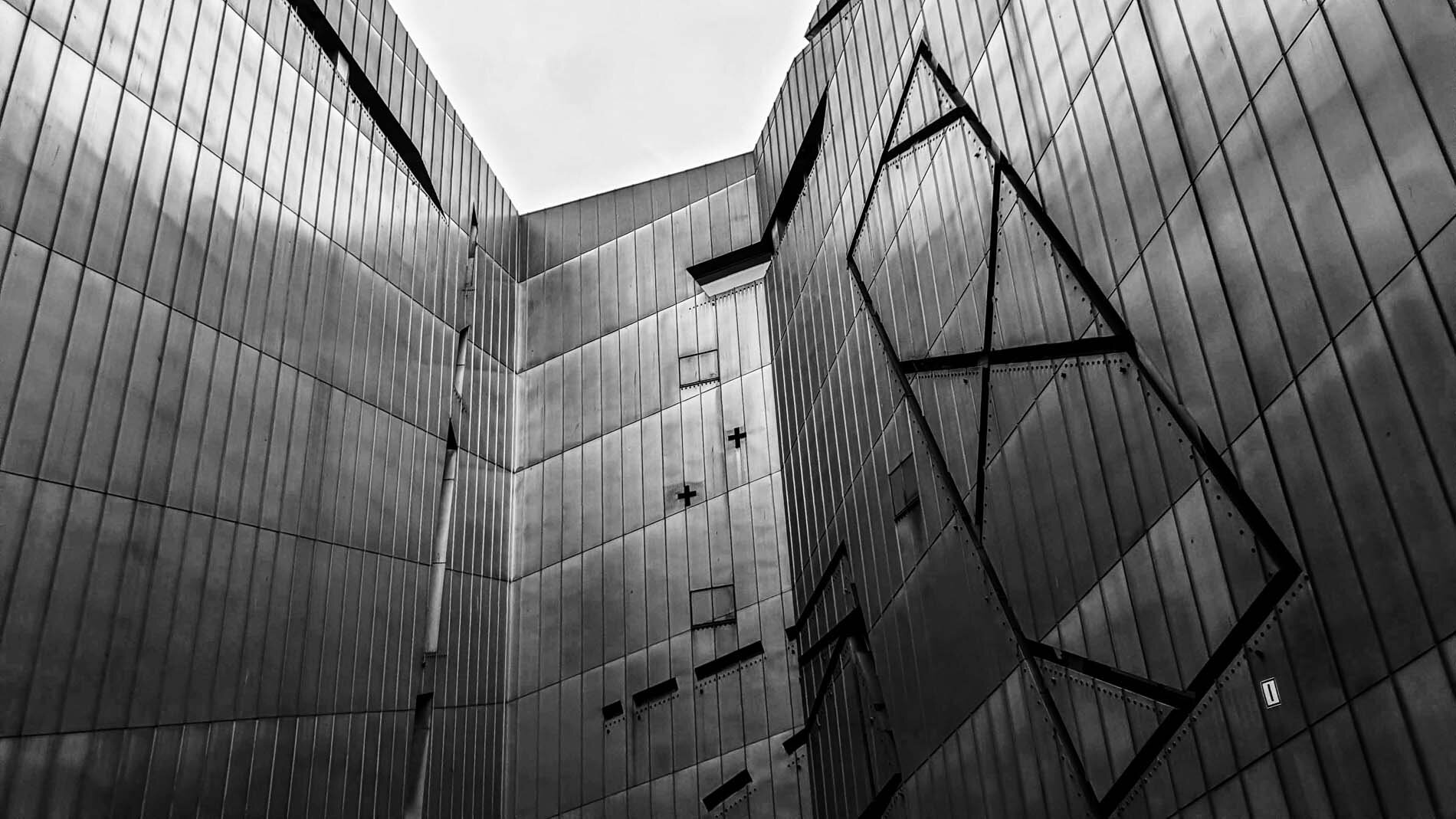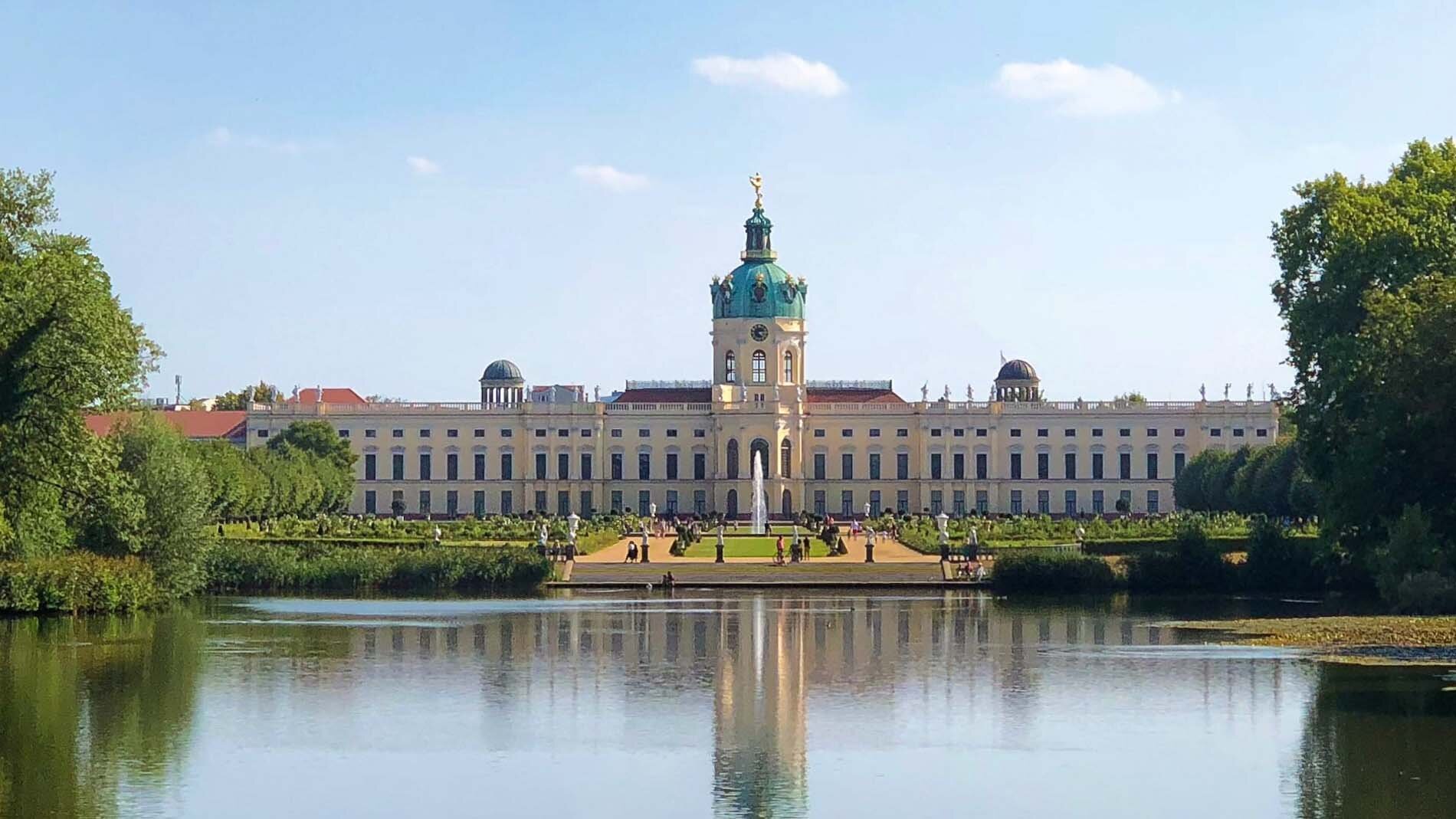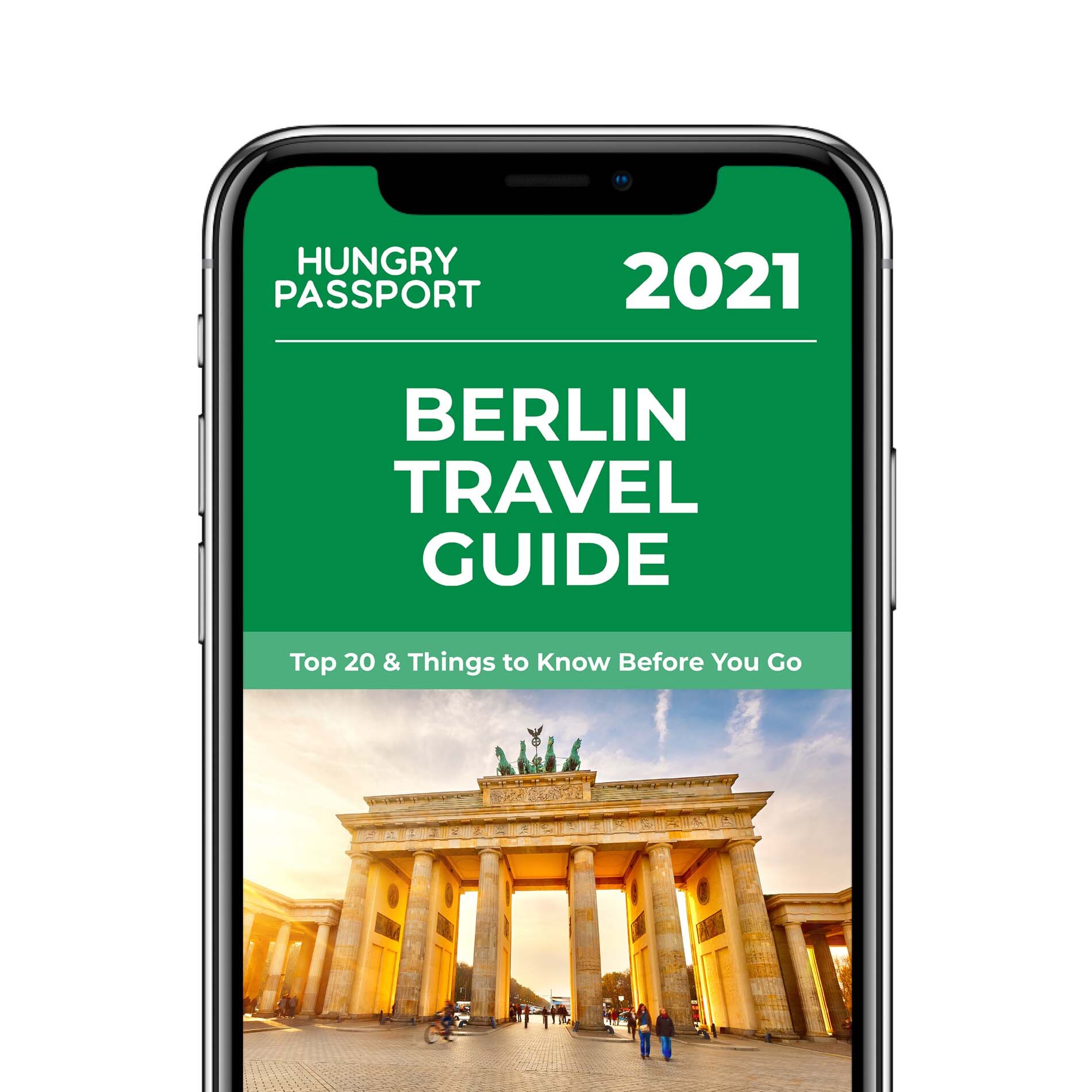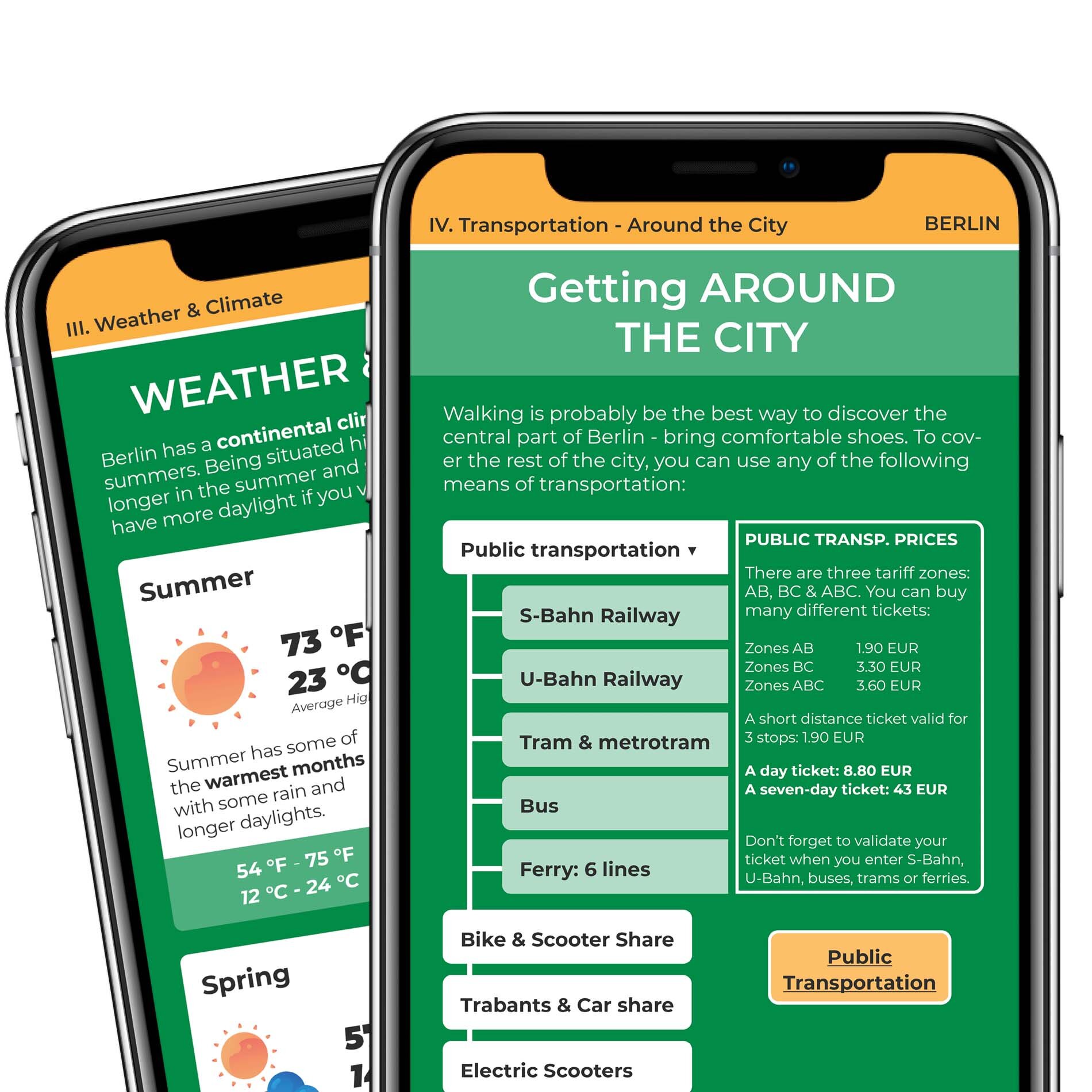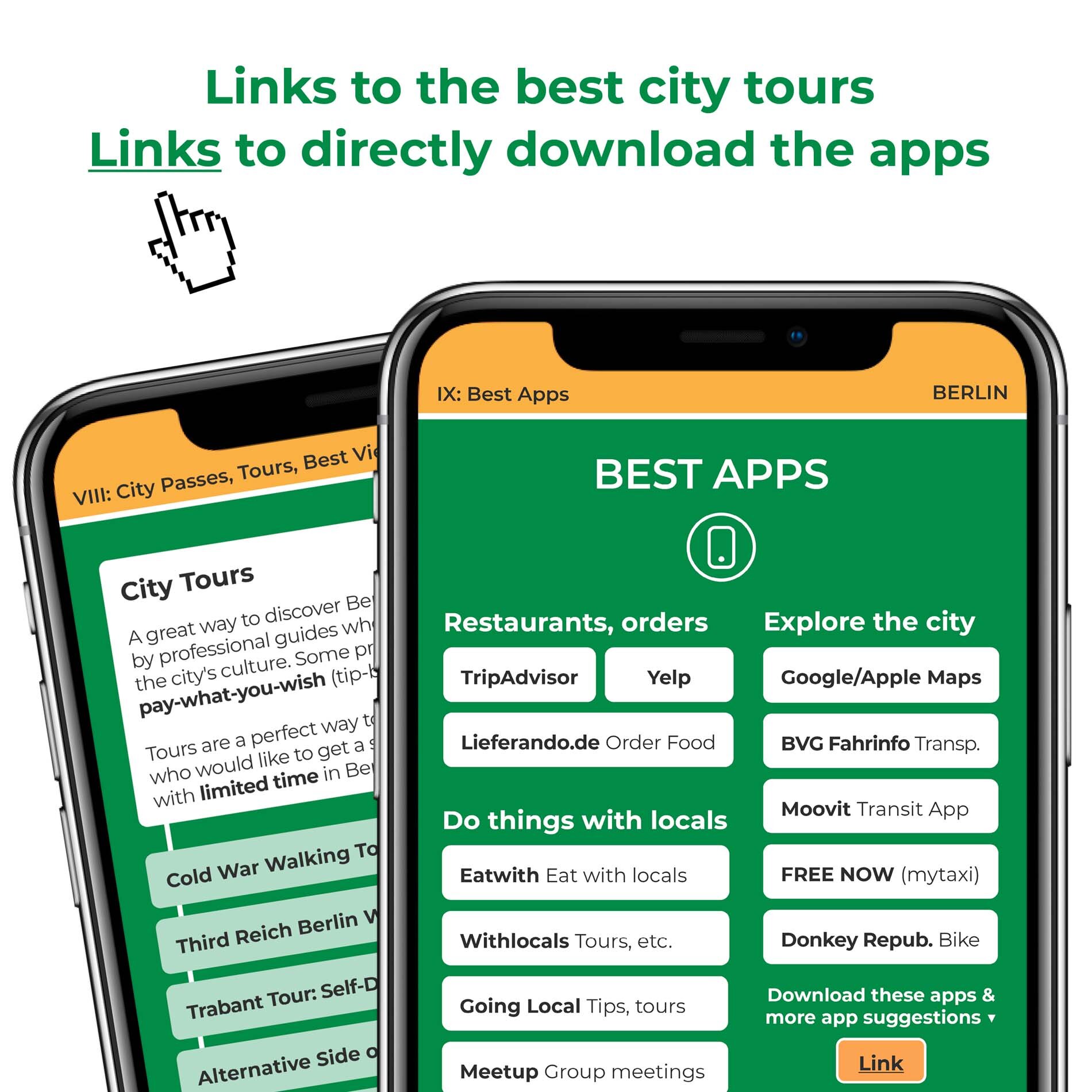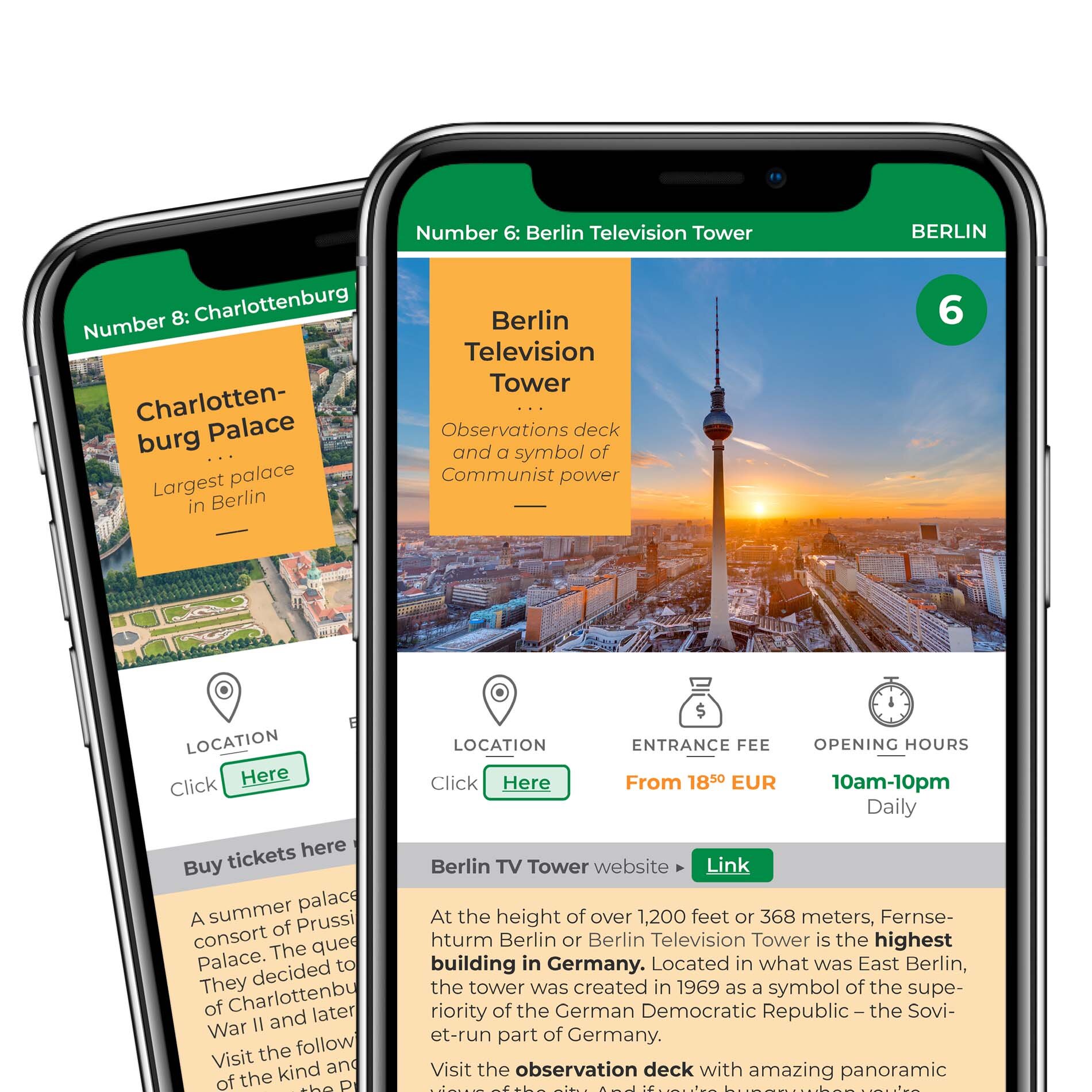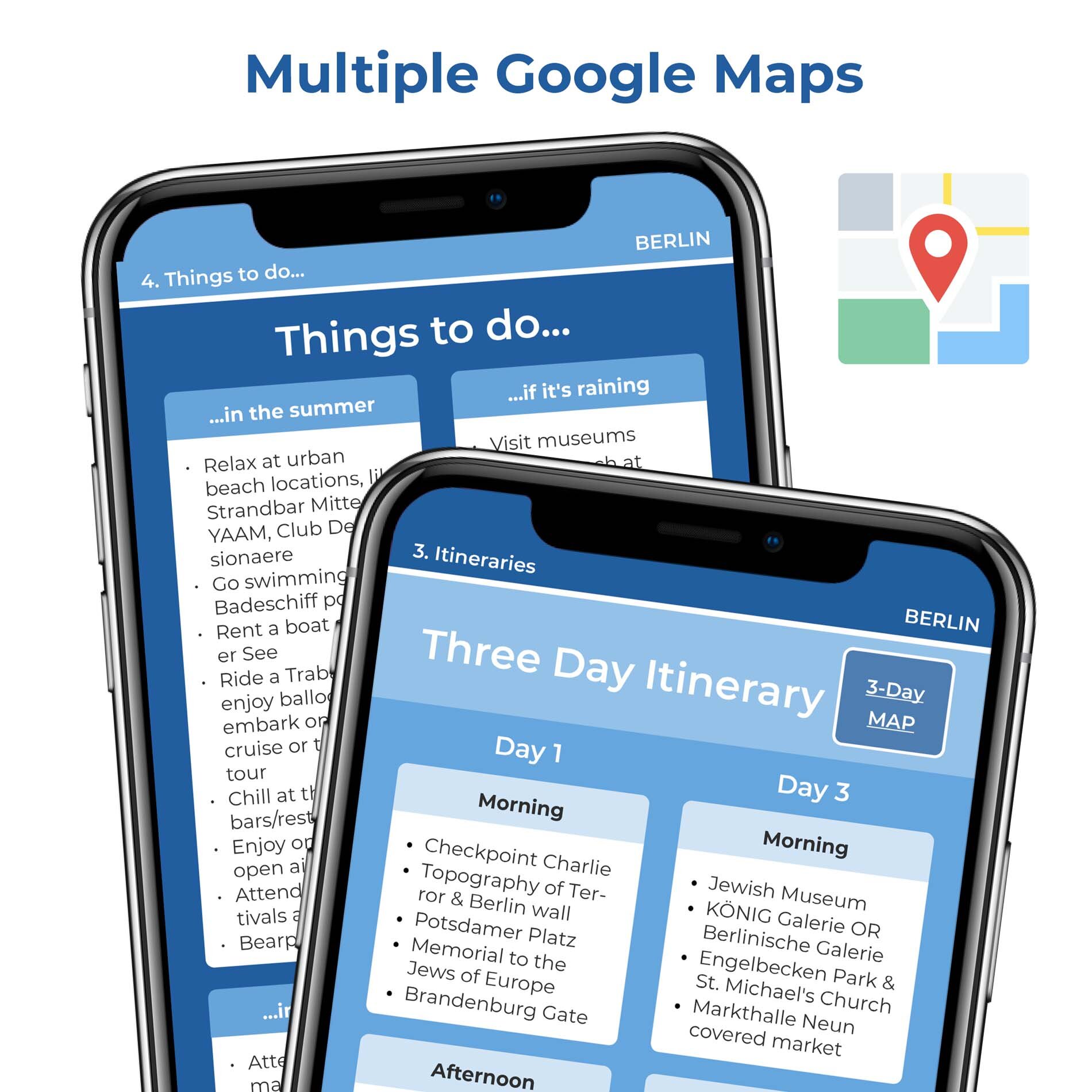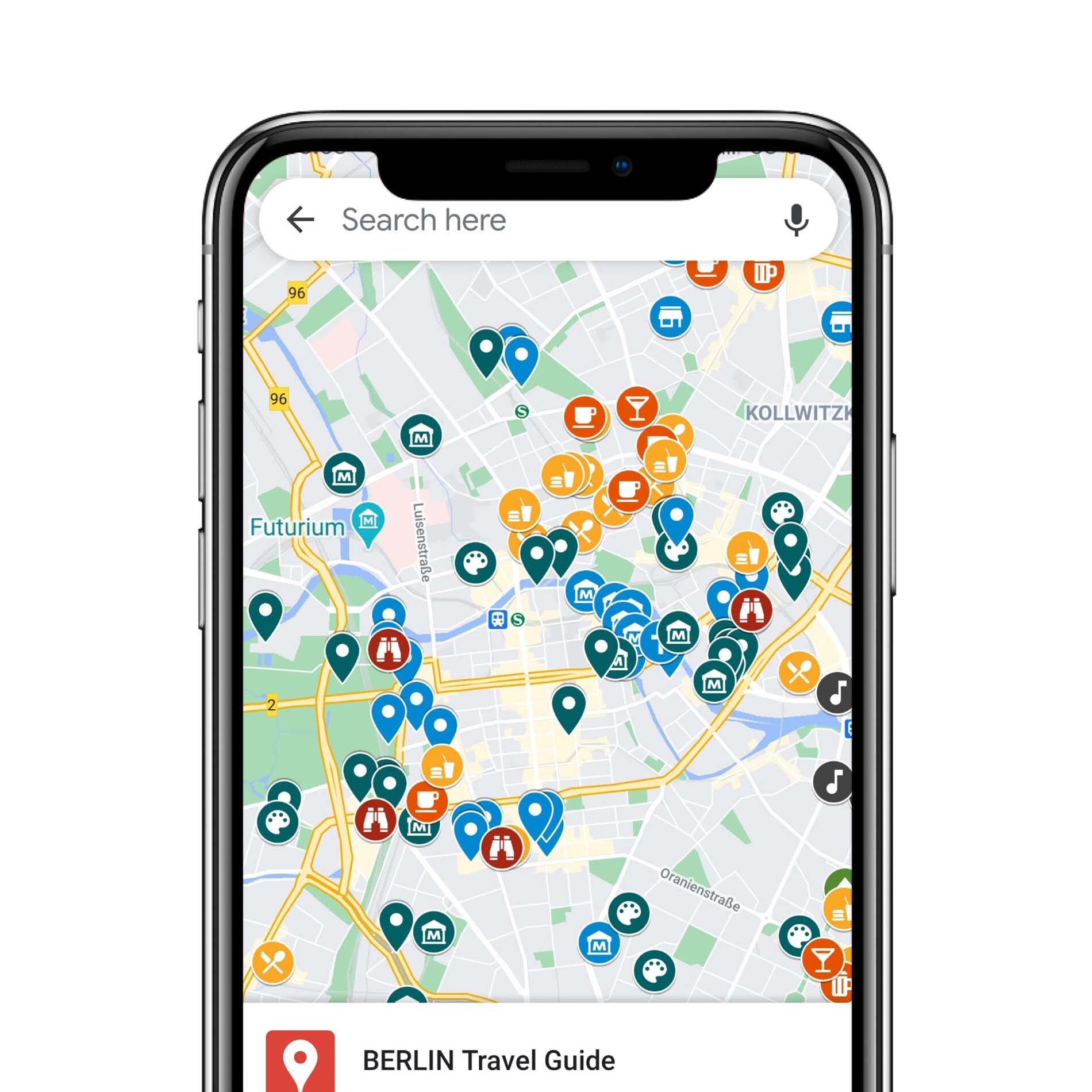Top 10 Things to Do in Berlin
Berlin is the capital of Germany and is the second-most populous city in Europe, a multiculti city with people from 185 countries.
The city has weathered many wars, containing a rich history and changes in their culture. It’s a balance of waterways with more canals than any other city in the world and 40% of the city is underground.
This ranges from their underground railway networks, underground bunkers used during World War II, and used as escape tunnels underneath the Berlin Wall. In 2018, it was even voted as the world’s best city for millennials.
NUMBER 10: The Berlin Wall & Checkpoint Charlie
Best known as the Berlin Wall, this was a site that physically divided East and West Berlin with a 12 ft high wall. It started just like a wire fence that evolved into the wall that we know today.
The checkpoint in that border was called Checkpoint Charlie and it was the only checkpoint that allowed foreigners and members of the Allied forces to cross. Many East Germans used the checkpoint to escape from East Germany.
Don’t miss:
The Topography of Terror: This site depicts photos and evidence of the crimes and persecution committed by the Nazis. It was also the former headquarters of the high command, the Gestapo, and the security service of the SS.
The Berlin Wall Memorial and Documentation Centre: The memorial includes open-air exhibitions and installations showing how the wall was set up. On the 25th anniversary of the fall of the Wall, the documentation center was opened, showing the history and events surrounding the Berlin Wall.
East Side Gallery: It’s the longest open-air gallery in the world with 1.3 kilometers of a preserved piece of the Wall. 118 artists took part in the creation of the art that can be seen.
The Wall Museum: The 13 rooms of the museum will give you interactive art and media installations of the building of the wall, refugee accounts, elements of the wall, and others.
NUMBER 9: Brandenburg Gate
This former gate of Berlin from the 18th century is still one of the most important attractions of the city. On the top of the gate is a statue of a chariot drawn by four horses that represent the Goddess of Victory. In 1918, the gate was open for use of everyone not only the German Royal Family.
The gate has been used for many historical events from royal parades to Nazi ceremonies and marches. In the fall of the Wall, people gathered at the wall to celebrate.
Even now on the anniversary celebrations of the fall of the Berlin Wall, they still gather at the gate.
NUMBER 8: Markthalle Neun
Also known as Market Hall Nine, the market was constructed in 1891 and re-opened in 2011. It has a traditional weekly market during Tuesdays, Fridays, and Saturdays with fresh produce, meat, and even craft beer.
They have a Breakfast Market that happens every third Sunday of the month and has everything for breakfast. Their most popular event is the Street Food Thursday where crowds of people come from 5-10 pm for food from all over the world sold at the stalls there.
NUMBER 7: Bundestag (Reichstag Building)
Home to the German parliament, the Reichstag has seen histories unfold and has a great panoramic view of the city in its glass dome.
It has a famous inscription on the facade, “Dem Deutschen Volk”, which means “to the German People”.
One of the historic events that happened in the building was the official reunification of Germany in 1990.
The glass dome is also an example of eco-architecture because of its sustainable use of energy. You can see art collections and permanent exhibitions in the building and have a picnic in the grass in front of the building.
Don’t forget to reserve your ticket in advance since they often run out.
NUMBER 6: Museum Island
Museum Island is a complex with 5 museums, namely the Pergamon Museum, Altes Museum, Neues Museum, Bode Museum, and the Alte National Galerie.
The island is listed as a World Heritage Site by UNESCO and was reopened in 2009 after being badly damaged in World War II.
The very first museum was the Altes Museum, which opened in 1830, and all five were completed in 1930. The James Simon Gallery serves as the entrance building with its collection of art and exhibition areas. Each museum has a different collection from Islamic art to sculptures from the medieval period and works from artists such as Claude Monet, Auguste Renoir, among others.
Of course, there are many other interesting museums in Berlin. Check our travel guide for more suggestions.
Visit also Majestic 1800s Berlin Cathedral located close to Altes Museum and don’t miss out on cruises in any one of Berlin’s canals on River Spree, since the city has over 180 kilometers of waterways.
NUMBER 5: Berlin Television Tower (Fernsehturm)
Towering at a height of 368 meters, this is the highest building in Germany.
It was created in 1969 as a symbol of the superiority of the German Democratic Republic but is now the symbol of the city.
It has an observation deck of 203 meters high and affords the best panoramic views the city has to offer. When you get to the top, there’s the Revolving Restaurant Sphere that you can check out.
On an early morning, you might see a cross on the steel sphere at the tower when sunlight hits it, people called this “Pope’s Revenge”.
Visit Alexanderplatz, biggest and most popular public square, with World Time Clock, a clock that has the 24 time zones of the globe.
NUMBER 4: Jewish Museum
A place that highlights the German-Jewish relationship, the Jewish Museum boasts exhibitions on personal stories from the Holocaust and issues on persecution and migration in Germany.
It strives to be a place to remember from its striking facade to its zigzag designs. The building itself is rich with symbolism and tells the different Jewish stories through gardens like Garten des Exils, Holocaust Tower and other art installations like Fallen Leaves in the Memory Void.
Don’t miss:
Memorial to the Murdered Jews of Europe (The Holocaust Memorial): Walk along in this one-of-a-kind memorial where rows upon rows of concrete slabs await. It stands as a place of remembrance for the fallen Jews of Europe.
Memorial to Homosexuals persecuted under Nazism: This place of remembrance also has a grey concrete slab. It has a small opening where you can watch two men in an endless kiss.
Hitler’s bunker: This was where Hitler and his wife, Eva Braun, took their last breath where they were found in the study. The bunker is closed to the public.
NUMBER 3: Charlottenburg Palace
A summer place by Sophie Charlotte, the first queen consort of Prussia, it was initially named Lietzenburg Palace but when she died before it finished, it was named after her.
Many parts of the palace have actually been conserved but a lot of it was also damaged during World War II. The palace has a baroque style and the old palace even has a blue-and-white porcelain decoration about the room.
There are many things that you can see and visit the palace:
Museum: A collection that highlights the Prussian royal house and the king and queen who resided there.
Gardens: Concerts and other social events can be seen in these English-style gardens.
Belvedere: This is a teahouse and small garden that has a view of the River Spree. It has the largest collection of porcelain objects.
Mausoleum: Built for Queen Louise, another queen of Prussia, she was dubbed as the “queen of hearts” and much beloved by her people. Friedrich Wilhelm III and their son were also buried in the mausoleum.
River Spree/Lakes: You can rest by the lake and see the River Spree, a 400 kilometers river that flows all through Berlin.
NUMBER 9: Berlin Botanical Garden
It was created to have “the world in a garden” and now includes 20,000 plant species with 43 hectares of land to see.
There are three sections to the garden:
the Arboretum with woody plants and a rose collection,
a section for plants from around the world,
and a section with about 1,500 plant species.
They feature a 100-year-old Victoria house greenhouse that houses a giant water lily that the greenhouse is named after. There are currently 15 greenhouses with different plant collections in each house. They also have a Museum just all about botany.
There are other impressive parks and green areas in Berlin. Let’s just mention the biggest one located in Tiergarten: Großer Tiergarten park with other attractions in the area like Victory Column, Soviet War Memorial, a Zoo, Neuer Zee, and many others.
NUMBER 1: Alternative Culture
Another hidden gem of Berlin is its culture of street art, nightlife, and underground culture.
The city has continuously reinvented itself since the fall of the Berlin Wall; this can be seen in the abundance of subcultures and the presence of street art in communities such as the Kreuzberg district.
A lot of changes also happened in the gentrification in some parts of the city, causing prices to hike and for some to struggle.
Here are some of the places and neighborhoods worth exploring:
RAW Temple: A former railway complex, this is now a site where alternative culture flourish. You can have a drink in the many bars such as Cassiopeia or try the indoor skate park, Skatehalle Berlin. Also enjoy the street art and graffiti there in the Urban Spree Gallery.
Graffiti: Some say that the history of the amazing graffiti in Berlin originated in the Berlin Wall. That blank canvas made artists openly express their art and opinions and spread throughout the city. Some of the places you can check out are Mitte, Kreuzberg, Friedrichshain, Mauerpark, etc.
World Trash Center and many others
🔥 Hungry for More? Get our Berlin TRAVEL GUIDE for only $6.99.
There are many other things to discover in Berlin. Check our travel guide for more information. Our travel guide is a mobile-friendly .pdf document that you can store on your phone for offline use. It covers the top 10 things to do in Berlin, plus 10 additional attractions, maps, links, opening hours, and other information that will help make your trip to Berlin stress-free.







